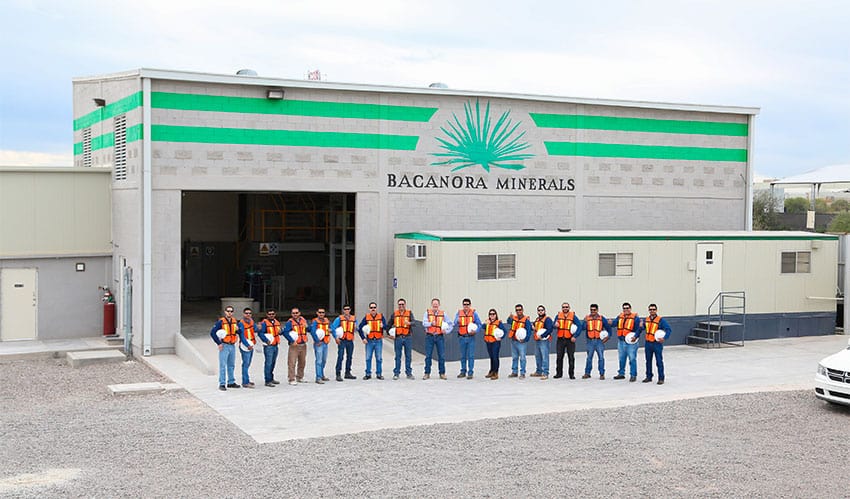Lithium will be Mexico’s “new oil,” Environment Secretary Víctor Manuel Toledo said on Thursday, highlighting the country’s large deposits of the metal used in the manufacture of batteries, among other products.
In fact, the biggest lithium project in the world is in Sonora, according to the company Mining Technology.
It said in August that the mine being developed by Canada’s Bacanora Minerals and China’s Ganfeng Lithium in the municipality of Bacadéhuachi is estimated to hold proven and probable reserves of 243.8 million tonnes, containing 4.5 million tonnes of lithium-carbonate equivalent.
Bacanora has been operating a pilot plant in Hermosillo for the past four years, producing what it says is high-quality, battery-grade lithium carbonate samples for potential customers.
Construction of the mine was first announced by Sonora Governor Claudia Pavlovich in May 2018 and is expected to be completed in the first quarter of 2020. Production capacity in its first stage of operations is expected to be 15,500 tonnes per year of lithium carbonate, Mining Technology said, while capacity will double to 35,000 tonnes per year in a second stage.
That prospect led Toledo to declare that lithium will be Mexico’s “new oil.”

Potential lithium reserves have also been identified in Baja California, San Luis Potosí and Zacatecas.
The metal, Toledo reporters at the presidential press conference, is “the base not just of computers but also storage batteries” for cell phones and electric cars, among other products.
Therefore, “Mexico should be capable of making electric cars in public factories,” he said, adding that the secretariats of the Environment and Energy are currently analyzing that possibility with Mexico’s “best experts” in the field.
“We’re also one of the richest counties in solar radiation and we’re going to be a country that exports energy to the United States and Latin America,” Toledo added.
“The two most important areas in Latin America for solar radiation are the northeast of Mexico, the deserts, and the border between Chile and Bolivia . . . We’re going to be a solar energy power.”
Source: El Financiero (sp), El Imparcial (sp), Publimetro (sp)
